A furnace humidifier is an add-on system that increases humidity levels in a home during the dry winter months when heating systems can lower indoor humidity. Dry indoor air can cause skin irritation, a sore throat, or damage to wooden furniture.
It’s common to address this by using small, portable humidifiers, but they require frequent water refills, and ultimately can’t support your whole home. Furnace humidifiers are installed on forced-air furnaces and use the existing ductwork to distribute moisture throughout the home.
In this blog, we will go over the benefits of furnace humidifiers, the different types of humidifiers to choose from, and the various maintenance and installation considerations that you should keep in mind when choosing a furnace humidifier for your home.
The Main Benefits Of A Furnace Humidifier
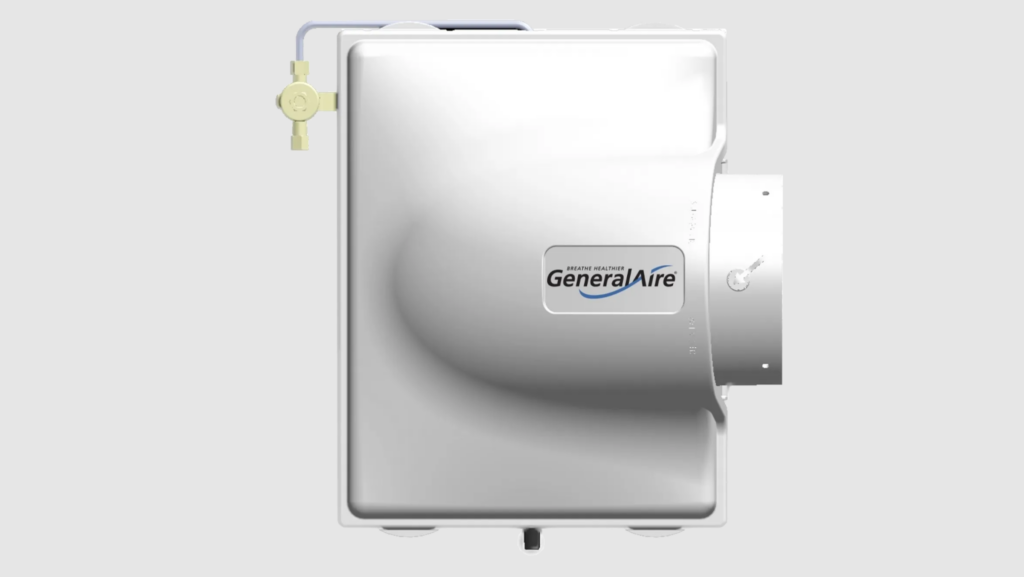
Adding a humidifier to your existing furnace provides several benefits. Proper humidity levels can lead to improved health, reduced static electricity, and less cracking of wood furnishings and floors.
Improved Health: Dry air can cause itchy skin, dry sinuses, cracked lips, and exacerbate allergies and asthma. It can also dry out throat membranes leading to soreness and increased susceptibility to illnesses. A furnace humidifier adds moisture back to the air, helping nasal passages stay lubricated and reducing irritation. Proper humidity may also lessen cold and flu virus transmission rates.
Increased Comfort: A furnace humidifier can make indoor air feel more comfortable at lower temperatures so you can lower your thermostat and save on heating costs. Additionally, by adding moisture back into dry, heated indoor air, furnace humidifiers offer an easy way to maintain optimal humidity levels between 30-50%, which feels most comfortable.
Reduced Static Electricity: Cold, dry winter air causes materials to lose moisture and become statically charged. This can lead to more instances of shocks from static discharge. Running a furnace humidifier adds moisture back to the air which helps dissipate static electricity buildup.
Less Cracking of Wood: Wood products used in construction and furnishings are prone to shrinking and cracking when humidity levels drop too low. The added humidity from a furnace humidifier helps keep wood from rapidly losing moisture and reduces the chance of damage from cracks and splits. Proper humidity helps maintain the structural integrity of wood products.
Types Of Furnace Humidifiers
There are several types of furnace humidifiers to choose from:
Bypass Humidifiers
These are the most affordable and common type of furnace humidifier. They are installed on the supply duct of the furnace, so some of the heated air is bypassed through the humidifier before being sent back into the ductwork. The humidifier uses a wet belt, pad or plastic drum to add moisture to the air.
Fan Powered Humidifiers
A fan is used to actively push air through a wet pad or rotating drum in the humidifier. They are more complex but allow more control over humidity levels.
Steam Humidifiers
These systems use an electric heating element or gas burner to boil water and produce steam that is then injected into the ductwork. They provide the most humidity but require more maintenance.
Ultrasonic Humidifiers
These high-frequency units vibrate at ultrasonic frequencies to create a cool mist from the water, which is then blown into the ductwork. They are quieter and provide better humidity control than other types.
Ideal Humidity Level

Keeping indoor humidity within an ideal range of 30-50% relative humidity can provide health and comfort benefits. Low humidity under 30% can cause dry skin, irritation of mucous membranes, respiratory distress, and increase susceptibility to viruses. It can also cause static electricity, damage to wooden furniture and flooring, and becoming a shock hazard for electronics.
High humidity over 50% allows for mold, bacteria, viruses, dust mites, and other allergens to thrive. It can cause musty odors, window condensation, peeling paint and wallpaper, and health issues like allergies, asthma, and sinus congestion.
Calculating Proper Humidifier Size
When determining the right furnace humidifier for your home, it’s important to calculate the proper size needed for optimal performance and efficiency. There are a few key factors to consider:
Climate and Region: Homes in cold, dry climates generally need more humidification capacity than warmer, humid regions. The colder the winter temperature, the larger capacity humidifier you’ll need.
Square Footage: Larger homes need more humidification power to reach desired humidity levels across all rooms. Look at the total finished square footage that will be humidified.
Number of Levels: Multi-level homes can require zoning with multiple units or a more powerful humidifier to push humidity consistently to upper levels. Consider how many stories need humidification.
Type of Furnace: High-efficiency furnaces move air faster so they typically need less humidification capacity than standard models. Check your furnace manual for details.
Desired Humidity Level: Most experts recommend 30-50% relative indoor humidity for comfort and health. Determine your target humidity percentage based on climate and personal preference.
Using these factors, consult sizing charts provided by humidifier manufacturers to select the right capacity unit for your home. Over-sized humidifiers waste energy while under-sized models won’t properly humidify. Proper sizing with the help of an HVAC professional ensures your new furnace humidifier performs efficiently.
Installation Process
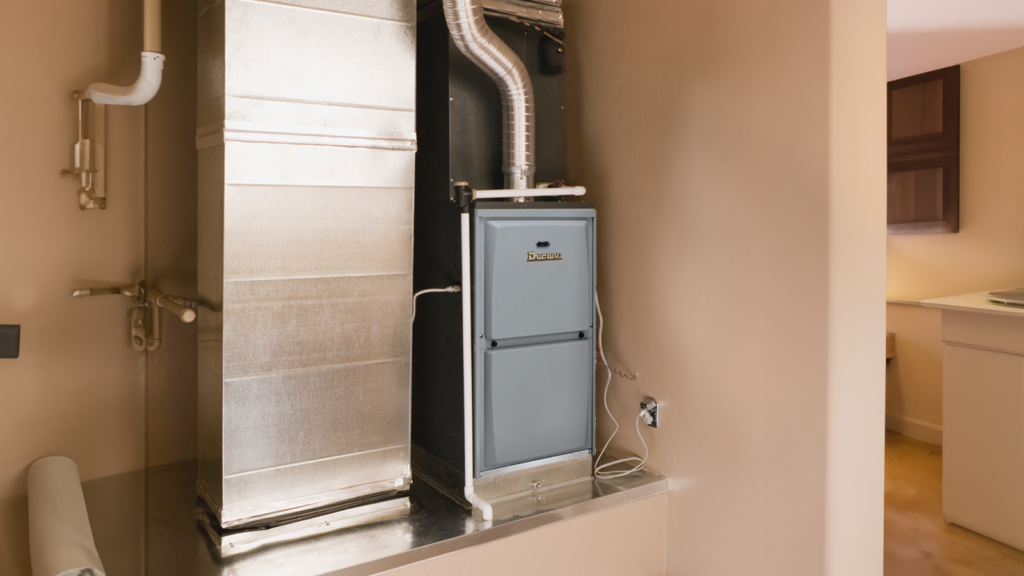
Installing a furnace humidifier can be a complex job that requires both HVAC and plumbing work. For this reason, it is highly recommended to hire a professional HVAC contractor to install the unit. Attempting a DIY installation as an inexperienced homeowner carries risks and may void the humidifier’s warranty.
When installing a furnace humidifier, the contractor will consider optimal placement, wiring, and water hookup. The humidifier unit is typically installed on the supply plenum or ductwork of the furnace. This allows the moistened air to circulate through the home’s ductwork along with the heated air from the furnace.
Proper wiring from the furnace to the humidifier is critical for operation. The humidifier may have its own controls or connect into the furnace’s control board. A water line will also need to be plumbed directly into the humidifier, using copper, PEX, or PVC tubing. An automatic water valve is recommended to control water flow.
Furnace Humidifier Maintenance
Properly maintaining your furnace humidifier is essential for optimal performance and efficiency. Here are some key maintenance tips:
Change Filters Regularly: Most furnace humidifiers have a filter that should be changed every 1-2 months. Changing it regularly keeps the water clean and prevents scale buildup in the unit. Check your manufacturer’s instructions for recommended replacement frequency.
Clean the Humidifier: Over time, mineral deposits and scale can build up inside the humidifier. Annually use a citric acid cleaner to dissolve the deposits and sanitize the tank and other components. Cleaning helps prevent restricted water flow and bacterial growth.
Remove Mineral Deposits: Hard water can leave mineral deposits on parts like the water pad, humidistat, solenoid valve, and ductwork. Wipe these down and use a descaling solution to prevent restricted air flow and other issues.
Replace Water Panel: Evaporative humidifiers have a water panel that should be replaced every 3-5 years as it loses absorption ability. This maintains proper moisture output.
Inspect Steam Wands: For steam humidifiers, remove and inspect the steam wand annually to check for accumulated scale or sediment blocking the steam discharge.
Regular maintenance keeps your furnace humidifier working properly for better indoor air quality. Always follow the manufacturer’s schedule and instructions.
Energy Use
Bypass humidifiers generally use less energy than evaporative types since they don’t require a fan or heating element. Bypass models rely on the existing forced air system to distribute moisture.
Steam humidifiers use more electricity since they boil water to create steam. The amount of energy used will depend on the capacity of the unit. Larger steam humidifiers with bigger tanks use more energy.
Impeller or drum humidifiers use less energy than steam types since they don’t boil water. Their energy usage depends on the size of the fan or rotating drum.
Water Consumption
Bypass and impeller humidifiers typically use less water than steam types. They deliver moisture directly to the air rather than boiling water first.
Steam humidifiers use the most water since the water evaporates when heated. The more steam the unit produces, the more water it will consume.
Any type of humidifier wastes some water through periodic flushing to reduce mineral buildup. Units with higher output use more water for maintenance flushing.
Get A Furnace Humidifier For Your Home Today!
Installing a furnace humidifier can provide a number of benefits by helping maintain proper humidity levels in your home during the dry winter months. As discussed in this post, the ideal humidity range for comfort and health is 30-50%. Proper humidity helps minimize dry skin and irritated sinuses, reduces static electricity, and can even help protect your wood floors and furniture.
The main types of furnace humidifiers are drum, flow-through, steam, and evaporative models. While all increase humidity, they vary in installation difficulty, maintenance needs, and operating costs. Most homeowners can handle installing a flow-through or evaporative humidifier themselves. Steam types provide the highest humidity output but require more maintenance.
When shopping for a furnace humidifier, be sure to calculate the proper size needed for your home’s square footage. Undersized units won’t provide enough humidity, while oversized types are a waste of energy and money. Proper sizing, placement on your HVAC system, and regular maintenance are key to getting the most from your furnace humidifier and maintaining healthy humidity all winter long.
If you have any additional questions about which type of furnace humidifier is right for you, contact one of our expert energy advisors and they will be more than happy to address any concerns you might have to ensure you get the best humidity solution for your home.
Related Posts
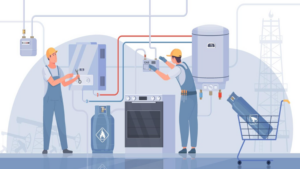
Furnace Maintenance Tips for the Winter
Prepare for winter—ensure your furnace is set with key maintenance tips: filter changes, thermostat inspections, and regular checks.
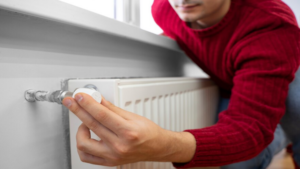
Why You Should Buy Instead of Renting a Furnace
Buying or renting a furnace? Compare costs, maintenance, and convenience to decide. Expert HVAC advice included.
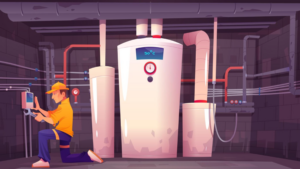
Furnace Repair or Replacement – Should I Get a New Furnace?
Your furnace is one of the most important aspects of your home. Make sure you are well informed before considering furnace repair or replacement.


No Comments